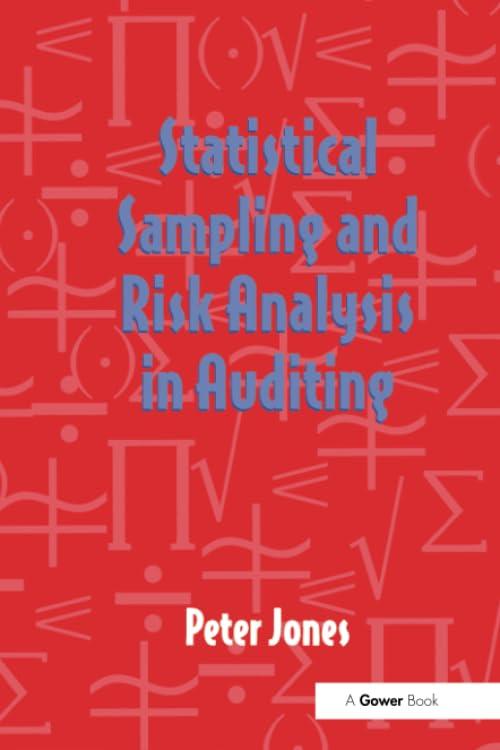Read Learning to See-Farther, page 307 in Factory Physics for Managers.
1) discuss the bottlenecks
2) how does overcoming bottlenecks contribute to delivering on strategy.











LEARNING TO SEEFARTHER This chapter begins with an example that is not from the real world but from an influential book, Learning to See.' In this book, Rother and Shook present simple and effective ways to illustrate flow by developing a value-stream map (VSM). They list a number of reasons why such maps are useful: 1. To be able to see the flow and not just a single process. 2. To provide a common language. 3. To see sources of waste, not just waste. 4. To make the details of flow apparent so that they can be discussed. 5. To form the basis of an implementation plan. 6. To show linkages between information and material flows. 7. A VSM is a qualitative tool to describe in detail how the facility should operate in order to create flow. The case study is of the Michigan Steel Company, which produces two types of bracketsa right one and a left one. Other data include: Five process steps with process times and setup times Demand of 18,400 brackets per month o 12,000 of left o 6,400 of right Brackets moved in trays of 20 . Two shifts per day (15.33 hours) . Twenty days per month . Total value-added time of 3.13 minutes The time available will be 306.667 h = 20 days X 15.33 h/day or 18,400 minutes. Because demand is 18,400 brackets per month, the takt time is 1 minute, or 60 seconds. Figure 9-1 provides the "current state" VSM. The various rectangles represent production processes, for example, "Stamping," "S. Weld #1," and so on, whereas the triangles indicate work-in- process (WIP) locations. The straight arrows indicate information flow, whereas the lightening arrows show electronic information flow. The thick arrows between processes indicate push material flow in the plant, and the outlined arrows represent shipments. 6-week Forecast PRODUCTION CONTROL 90/60/30 day Forecasts Michigan Steel Co. State Street Assembly weekly Daily Order 500 ft coils 18,400 pcs/mo -12,000 "L" -6,400 "R Weekly Schedule Tray = 20 pieces 2 Shifts Tues. + Thurs. Daily Ship Schedule Daily STAMPING S. WELD #1 S. WELD #2 ASSEMBLY #1 ASSEMBLY #2 SHIPPING 200 T Staging Coils 5 days 4600 L 2400 R 1100 L 600 R 1600 L 850 R 1200 L 640 R 01 2700 L 1440 R C/T = 1 second C/O = 1 hour Uptime = 85% 27,600 sec, avail. EPE = 2 weeks C/T = 39 seconds C/O = 10 minutes Uptime = 100% 2 Shifts 27,600 sec. avail. C/T = 46 seconds C/O = 10 minutes Uptime = 80% 2 Shifts 27,600 sec. avail. C/T = 62 seconds C/O = Uptime = 100% 2 Shifts 27,600 sec, avail. C/T = 40 seconds C/O=@ Uptime = 100% 2 Shifts 27,600 sec, avail. Table 9-1 provides the rates and setup times for each step in the flow. Note that for shipping, the statement probably should be that capacity, not process time, is unlimited. This may or may not be true, but in the context of this case, it is probably a reasonable assumption. Once the map is drawn, it is easy to determine the cycle time of the process. Interestingly, the developers of value-stream mapping process rely on Little's law to determine cycle times. The procedure is simply to count up the WIP at each station and divide by the throughput (or, equivalently, multiply by the takt time). This should be a much better estimate than asking the operator, "How long does it take to get through your process?" Given the pressure to keep this number low, there might be some motivation to offer an optimistic answer TABLE 9-1. Process Rates and Setup Times for the Value-Stream Map Process Step Process Time (s) Setup Time (h) 1.000 Stamping 1.0 39.0 S. Weld #1 0.167 S. Weld #2 46.0 0.167 Assembly #1 62.0 0.000 Assembly #2 40.0 0.000 Shipping Unlimited 0.000 Other performance data are given in Figure 9-2. Note that there is no indication of fill rates or utilizations of the process centers. Utilization Total Total Raw WIP Matl. (days) (days) FG Total Mfg. Fill (days) WIP Cycle Rate and Inv. Time (days) (days) 5 14.1 4.5 23. 6 14.1 ? FIGURE 9-2. Performance data obtained from the value-stream map Once the current-state map is completed, it is used to identify long cycle times and then to suggest ways to improve the process. We believe that the VSM process is extremely useful in establishing a base case and to understand the overall flow. However, a VSM is not an input-output model, so it cannot really convey what is going to happen when changes are made to the system. So we thought it would be interesting to take the current-state map from Learning to see and use it to build a Factory Physics model using the CSUITE operations analytics software and then to see how much we can reduce cycle times without spending a lot of money. To build such as model, the following data are required for each process: Number of tools needed Number of workers needed for setup and for process Process rate Setup (changeover) time Availability (mean time to repair (MTTR), mean time to failure (MTTF)] . Current WIP levels Most of this information is available directly from the VSM. What is missing can be modeled with some simple assumptions. For instance, we can assume that one operator is required at each station (for both setup and processing). Because there is no information regarding the variability of the process times and because the case is fictional, we are free to use anything that is reasonable. Typical process times are usually low variability (i.e., CV

















